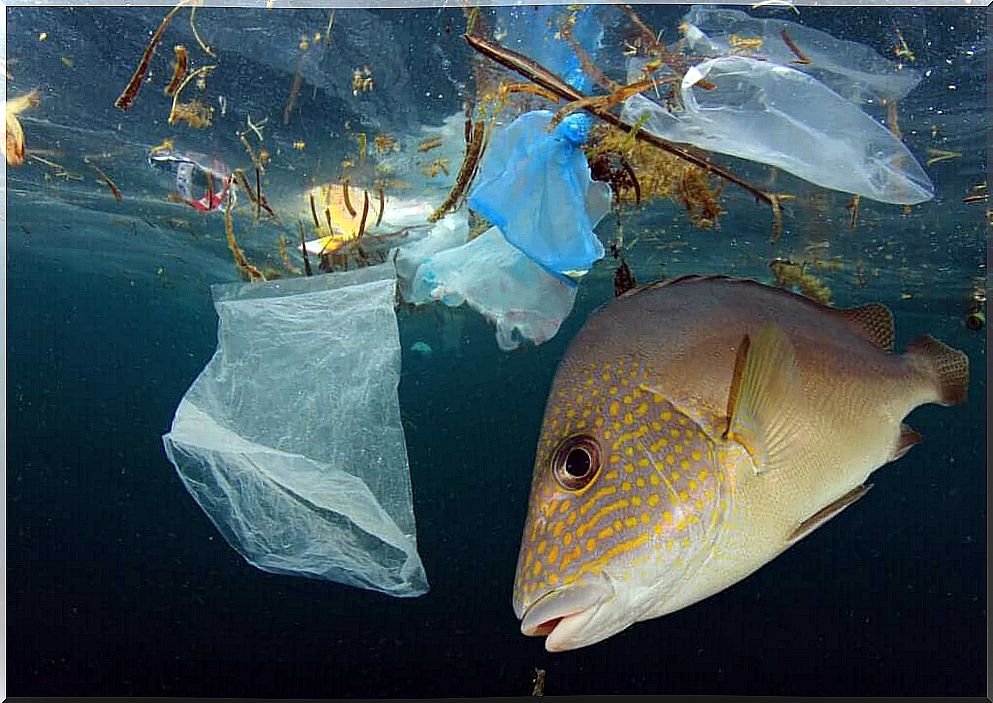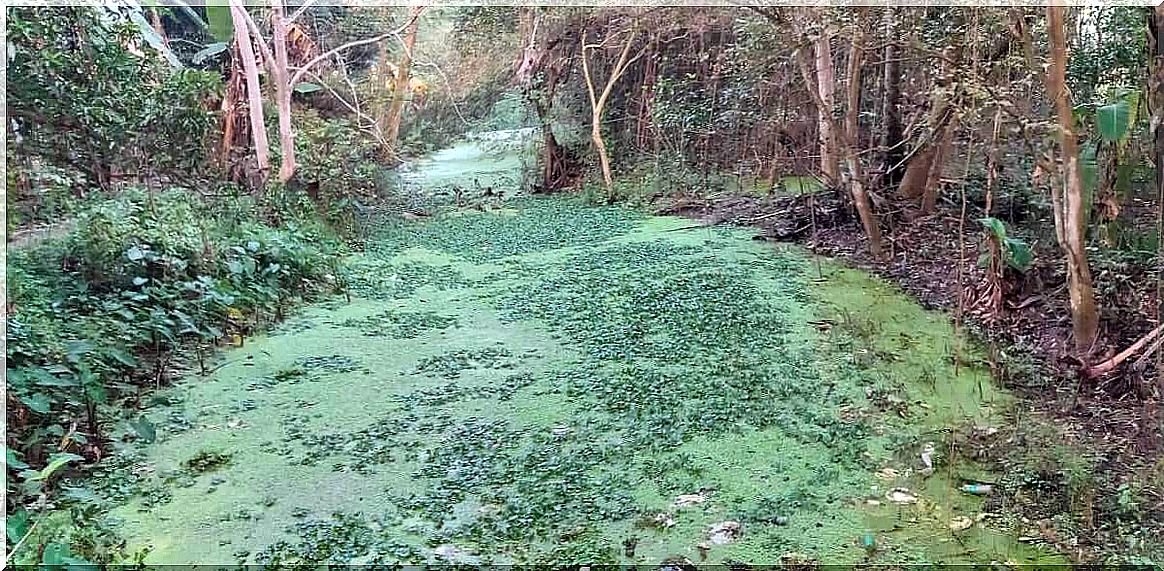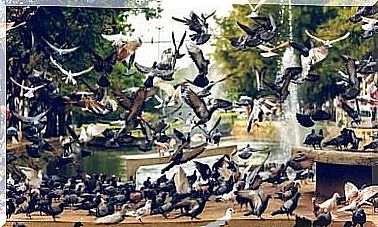How Does Water Pollution Affect Fish?

The planet’s aquatic ecosystems are seriously affected by water pollution caused by human activity. Unfortunately, the biodiversity of fish and other species decreases as a result of this phenomenon.
Heavy metals, microplastics, physicochemical changes in water and eutrophication of lakes and rivers have a direct influence on the diversity, abundance and life cycle of marine and freshwater fish. Discover some of the biggest problems arising from water pollution in the following lines.
Microplastics in water
Human beings are the only plastics producer and thus to its presence on the ground or in water is a direct consequence of our activity. Despite few efforts to reduce their consumption, we have evidence of the presence of microplastics in the ocean since the 1960s.
Microplastics are very small pieces of inorganic material that pollute the environment. The National Oceanic and Atmospheric Administration (NOAA), an American agency, considers this term to describe plastics less than five millimeters in diameter.
These elements can have multiple origins: tires, cleaning products, cosmetics, clothing, everyday plastic waste – bottles, bags, packaging and straws –, industrial processes, etc. It is estimated that between 2% and 5% of all plastics manufactured end up in the oceans.
Types of microplastic
Microplastics are divided into different categories. Check out our summary below:
- Primers : are the plastic particles released directly into the environment. For example: toothpastes, gels and other cosmetic products via sewage.
- Secondary or nanoplastics : originate from the degradation of large plastic objects, such as bags, bottles or fishing nets. They constitute the largest percentage of microplastics in the ocean.
Plastics do not degrade, they are fragmented into smaller pieces and are eaten by all kinds of animals marine and fresh water: fish, crustaceans and molluscs. In addition, they end up lodging in the tissues of these animals and many of them reach us through the food chain.
The levels of microplastics in a marine species are not only due to their direct consumption, as they also increase due to the ingestion of other species that have eaten microplastics at some point in their life cycle.
Water pollution changes fish behavior
Rivers and seas are reservoirs of large amounts of effluent from wastewater, which are produced by industrial and mining activities, and have a major impact on water and its inhabitants.
So much so that changes were observed in the behavior of fish from the River Thames, in England, due to the dumping of waste – such as cocaine or caffeine – by the city’s sewage .
The drug, which reaches fish through the user’s urine, causes the same euphoric and hyperactive effects experienced by people. Research under experimental conditions replicated in the laboratory produced the same results in animals.
These substances accumulate in the brain, muscles, gills and skin, and generate a change in fish behavior that can affect their survival, especially in relation to escape behavior in front of predators.
The eutrophication of water
Eutrophication consists of an excess of nutrients in the water due to the accumulation of organic residues. These nutrients – composed mainly of nitrogen and phosphorus – cause the uncontrolled growth of algae that end up consuming the oxygen in the water. This often occurs in systems where there is little water renewal, such as lakes and dams.
Fertilizers, livestock excreta, industrial activity, emissions of nitrogen and sulfur oxides that precipitate from the atmosphere in the form of rain or residues from forestry activities are some of the causes of the eutrophication of water.
The algae explosion that accompanies the first phase of eutrophication causes the waters to become turbid, preventing light from penetrating to the bottom of the water body.
Consequently, plants in the lower strata cannot photosynthesize and renew oxygen from these layers and end up dying, as do fish and the rest of the fauna. Many of the massive fish deaths have their origin in the eutrophication of waters.
The result of this chain reaction is cloudy, dense-looking water with a large amount of biomass. This may seem positive at first glance, but it causes a loss of water quality and a decrease in species biodiversity in the ecosystem.

An action of human origin
As we have seen in these lines, both lack of life and its excess can be harmful to an aquatic ecosystem. In any case, the presence of microplastics in the seas is the most immediate and worrisome enemy we must fight.
Pollution is destroying marine and freshwater life, and it is certainly in our hands to change the course of things. The secret to maintaining the planet lies in reducing waste.









